By Elizabeth Jobe, DVM, CCRP, cVMA
Therapeutic exercise is a physical therapy intervention encompassing a broad range of activities designed to restore or improve musculoskeletal, cardiopulmonary and/or neurologic function. Some form of therapeutic exercise is indicated in every physical therapy case.
The goals of therapeutic exercises are to improve active pain-free range of motion and limb use, improve muscle strength and muscle mass, improve daily function and quality of life, and to help prevent further injury. With these goals in mind, the rehabilitation professional must use specialized knowledge to determine exercises that are appropriate for a patient’s level of ability, age, endurance, severity of injury, and stage of recovery.
There are numerous benefits of incorporating therapeutic exercises into a rehabilitation program. They are a non-invasive form of therapy, facilitate an increased rate of recovery from injury, improve quality of movement of limbs, and have a positive psychological effect for both the owner and pet. Not only do therapeutic exercises enhance performance and endurance in our pets needing physical therapy, but this benefit is also important for sporting and agility dogs that need core-conditioning and want to enhance their performance level.
Similar to people that go to the gym regularly for these benefits, it is important to vary the routine for our patients as well. Animals get bored doing the same exercises repeatedly, so creativity is an important aspect of rehabilitation for animals. At PAWS Veterinary Center, we try a number of different activities to determine what works best for an individual in order to modify the treatment plan. It is also important to allow the patient to guide the increase in activity. While many of these exercises can be performed at home, they are best guided by the rehabilitation practitioner so that the progression of therapy is carefully monitored and assessed.
The intensity and difficulty of the exercises varies greatly depending on the individual’s condition and injury. With patients that have recently had spinal surgery for example, our initial exercises are simply targeted at getting them standing on their own. We facilitate this utilizing a number of our physioballs, the land treadmill with sling assistance, and nerve-stimulating balancing exercises. For patients that are in the final stages of recovery from knee surgery or limb injury, they will perform exercises such as carrying weighted vests, perform dancing and wheel barrowing exercises, and climb stairs with resistance bands between their feet. Different exercises target specific muscle groups and range of motion in certain joints, so the exercise plan is continually evolving based on the patient’s needs. Come visit us for a free tour of our rehabilitation area!

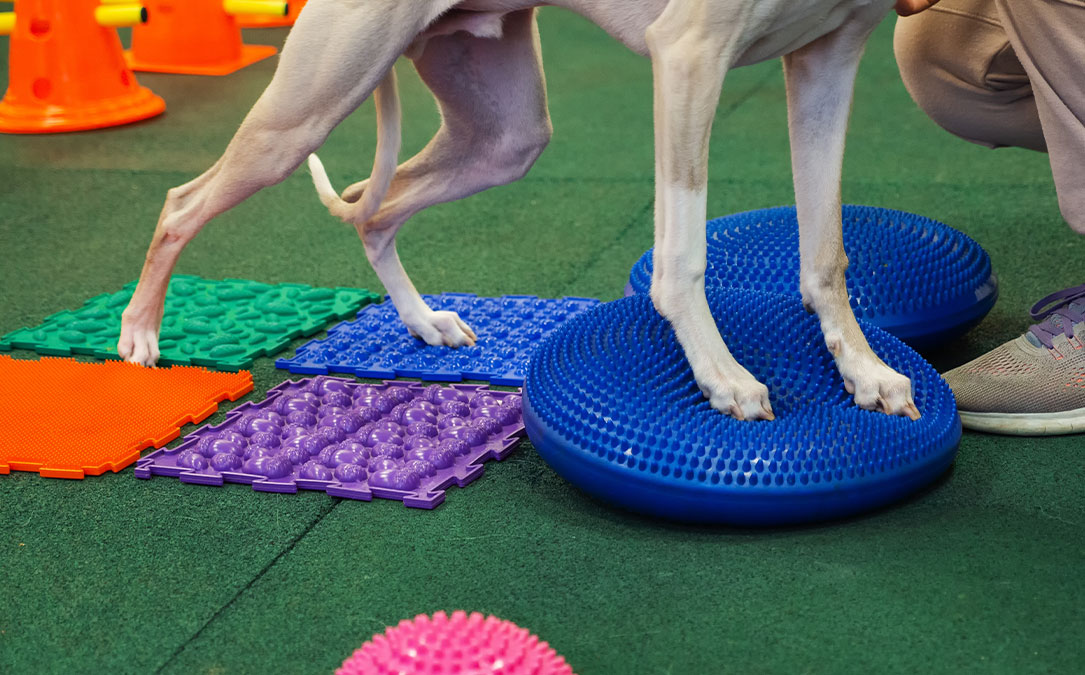
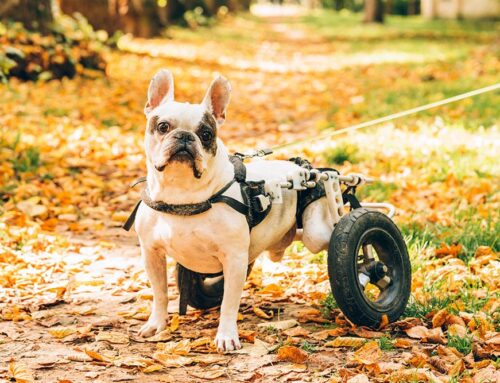











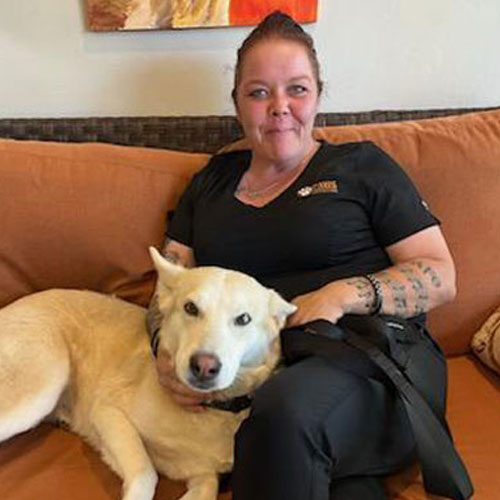





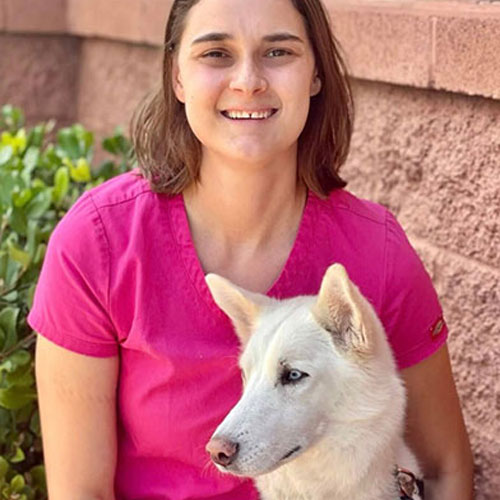

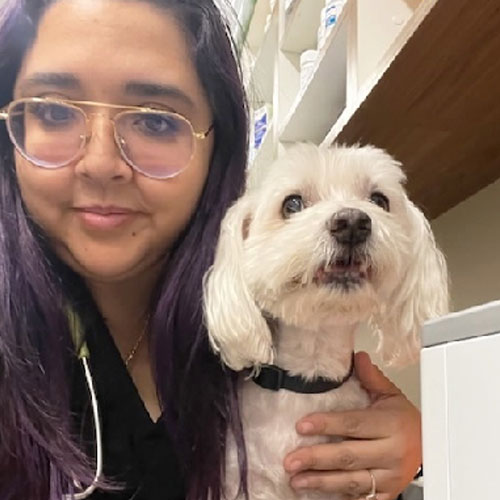
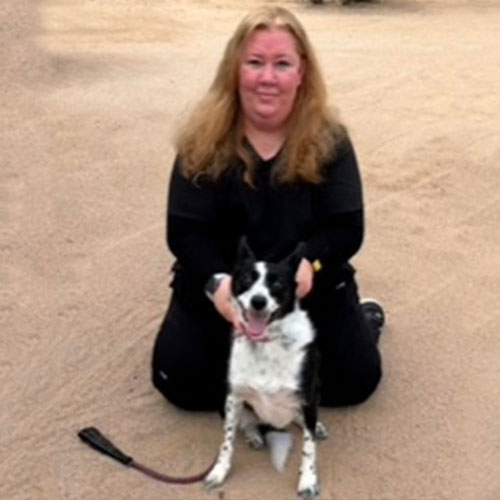


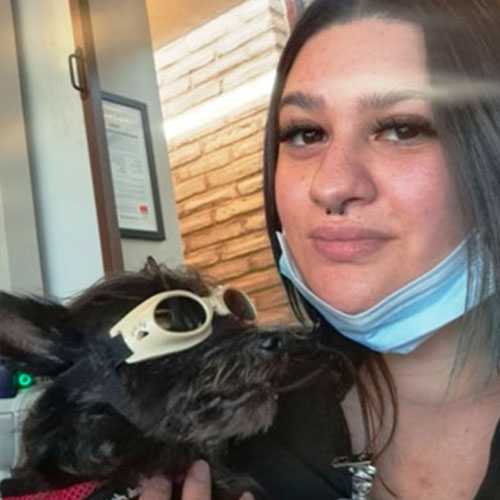


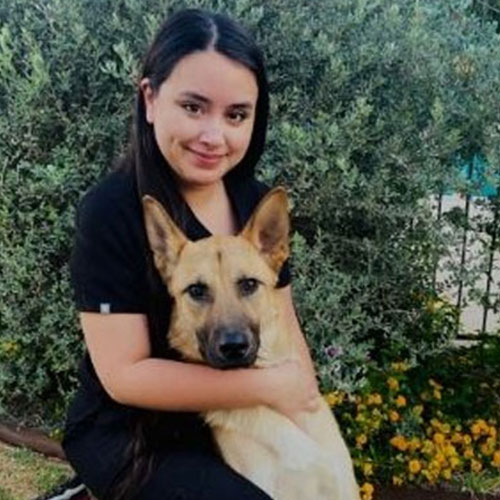
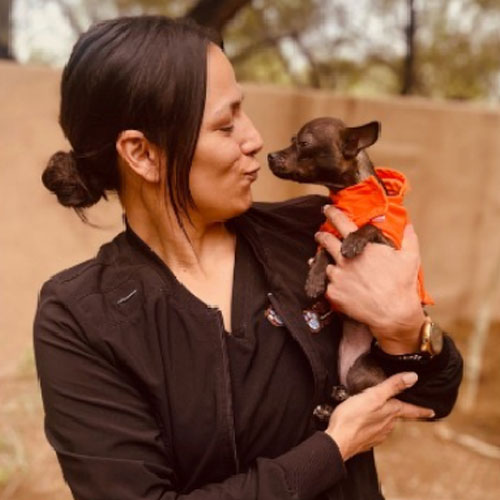
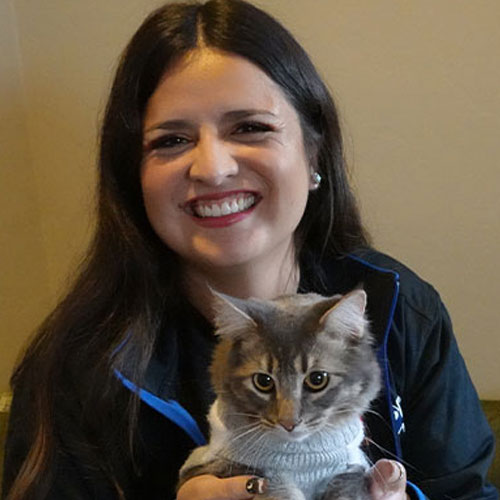

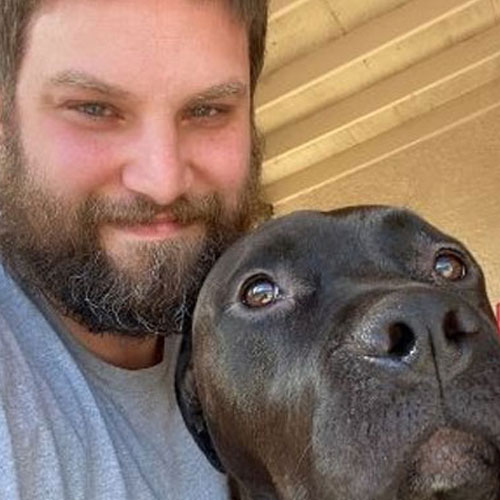




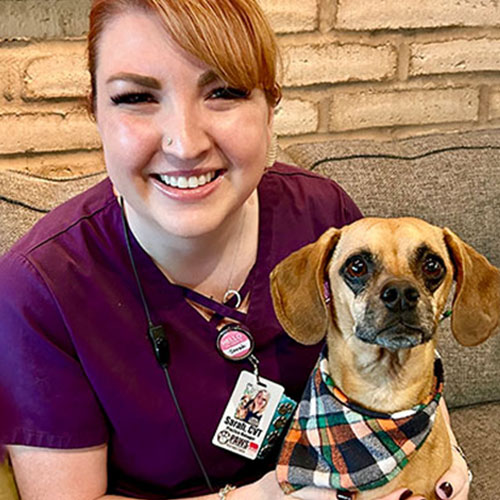









Leave A Comment